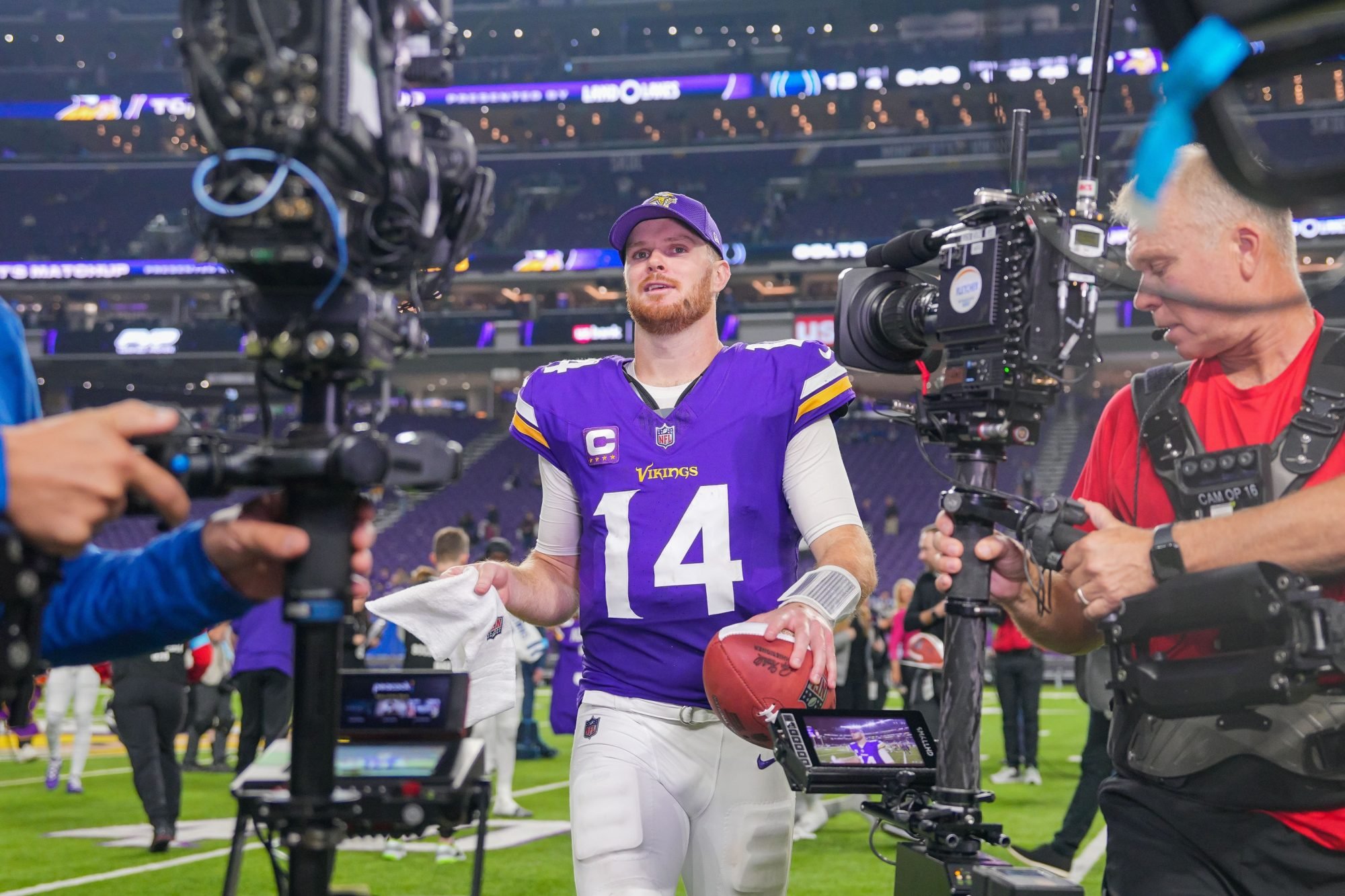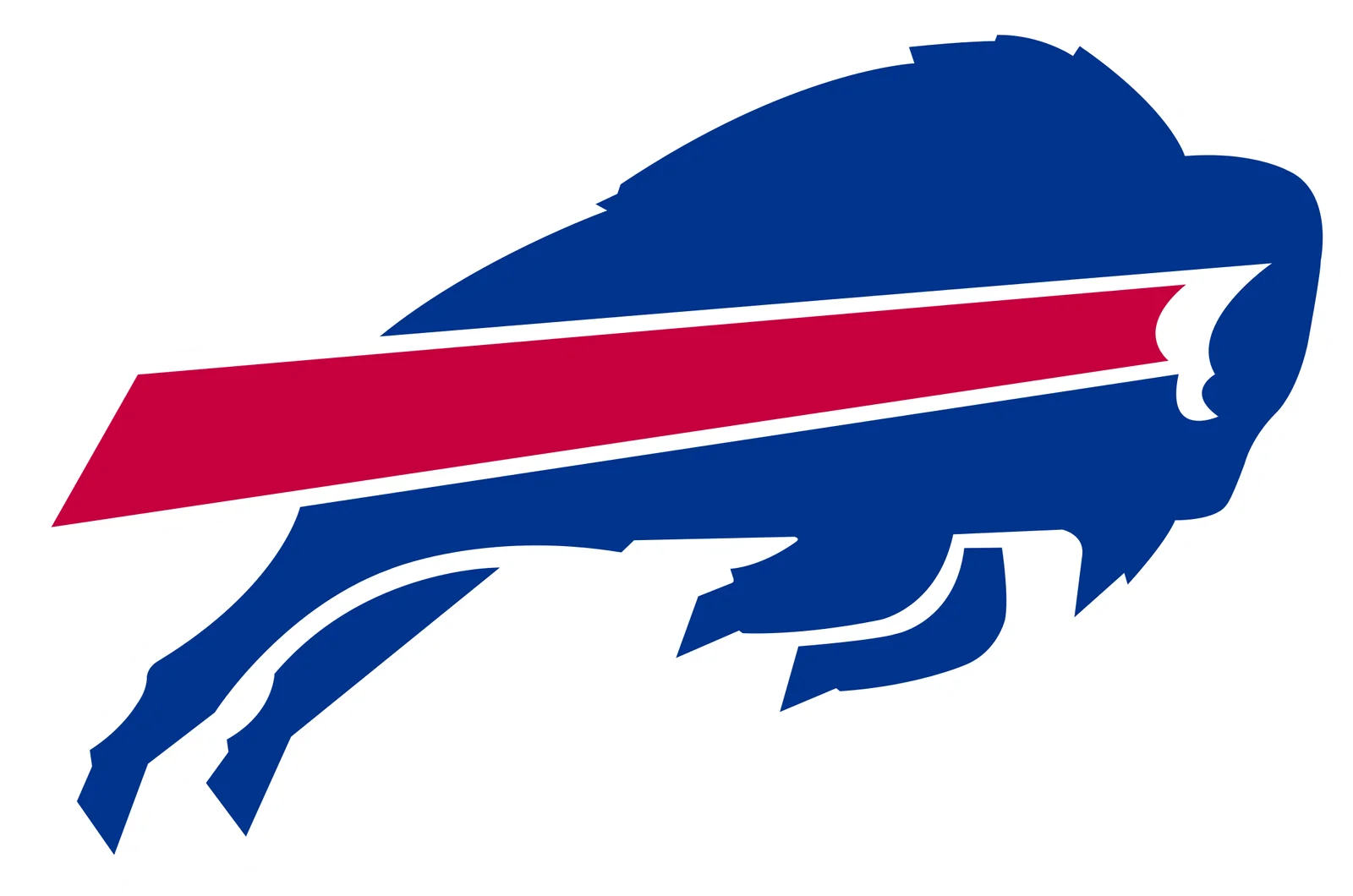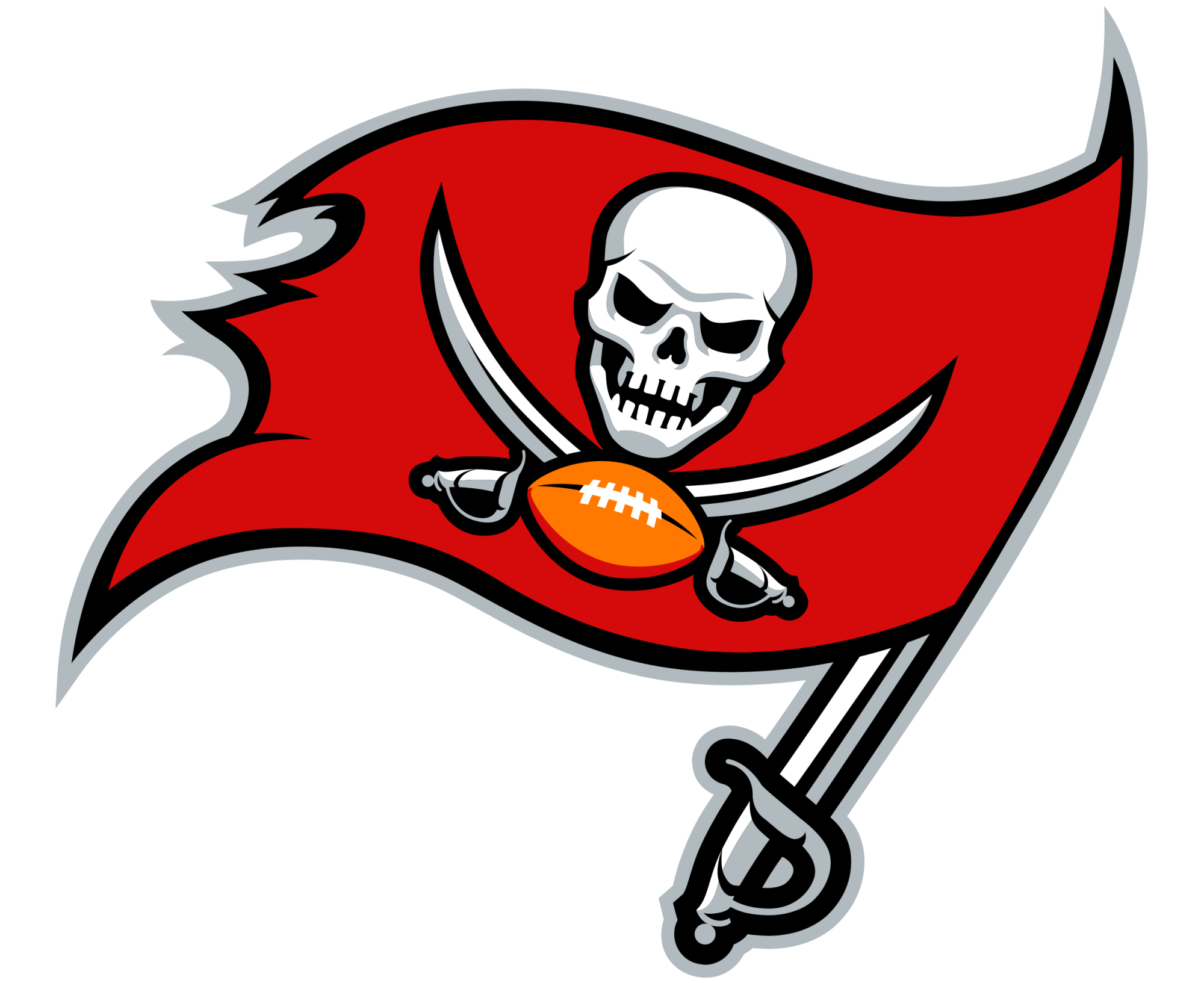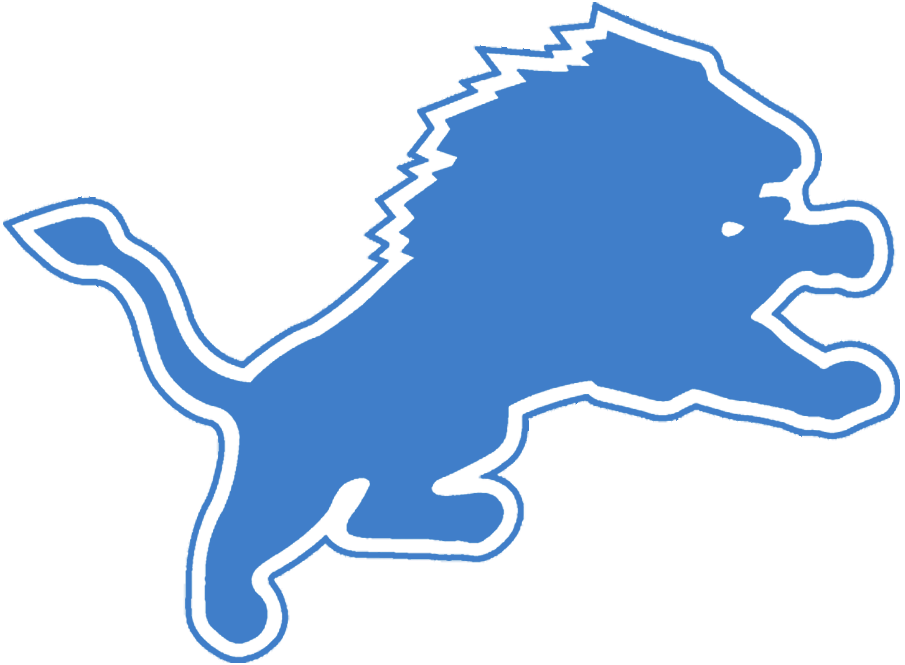KOC vs. The Sam Darnold Sweet Spot

Credit: Brad Rempel-Imagn Images
Sunday night saw the Minnesota Vikings get the full Sam Darnold Experience, for good and bad. All the signifiers that fueled the former third-overall pick’s career season were there: The big arm that’s capable of making almost any throw, his willingness to spread the ball around, and the mobility to gain crucial yards when things go awry.
Jordan Addison that is FILTHY! pic.twitter.com/bh5NcxQ4A0
— Sam Monson (@SamMonsonNFL) November 4, 2024
So were the qualities that made Darnold a journeyman the Vikings picked up off the scrap heap this offseason. The lapses in decision-making and field vision were present. His poor ball security raised its head. Overall, it resulted in a win — one of six that Kevin O’Connell has gotten out of Darnold. But as we go into the home stretch of the season, O’Connell needs to find that sweet spot between the Good Sam Darnold and the Old Sam Darnold. Can he?
O’Connell has guided Darnold to his career season by tapping into a quality that he didn’t have in his former QB, Kirk Cousins: Aggression. Darnold averages 8.6 intended air yards per throw, fifth in the NFL among signal-callers with 100-plus attempts. Compare that to Cousins’ 7.5 mark from 2022-23. That’s an aspect of Darnold’s game that O’Connell has little intention of reining in.
“My trust in Sam is something that I think is going to be a winning edge for our football team,” O’Connell said. “I’m going to stay aggressive with him.”
Staying aggressive creates pressure on the coach, quarterback, and opposing defenses, and Darnold has the arm to make it work. He’s third in the NFL in Big-Time Throw percentage, per PFF. Letting that arm loose on the league has helped the coach transform a Christian Ponder-esque QB into one who’s tied for fourth in touchdowns (17), fourth in passer rating (107.8), fifth in yards per completion (12.3), and eighth in completion percentage (69.5%).
Impressive throw from Darnold standing in against a collapsing pocket and delivering the ball to Jefferson for a big gain.
Two curl routes underneath held the LB level, and the safeties were playing deep in their cover 2 zones, leaving Jefferson wide open. pic.twitter.com/UYywoGijtq
— Matt Fries (@FriesFootball) November 5, 2024
But even though Darnold has the prototypical physical tools to make this style of play work, the aggression plays into the turnover issues that plagued him in New York and Carolina. Darnold’s seven interceptions and six fumbles (three lost) in eight games show that O’Connell hasn’t worked those kinks out of his QB’s game.
Part of this is because, while Darnold’s mobility is generally an asset, it also makes him too willing at times to throw from an uneven platform. When Darnold does that, he’s forced to muscle throws instead of squaring his lower half to drive the ball downfield. In the Colts game, we can see his field vision short-circuiting as he muscled his throw to an inexcusable interception into double coverage in the red zone.
First turnover for the #Colts defense. Nice timing from Raekwon Davis & Laiatu Latu collapsing the pocket because T.J. Hockenson was wide open for a TD.
Taven Bryan & Kenny Moore II chase Darnold down on his scramble to force the throw and Zaire Franklin picks it off. pic.twitter.com/cKRTJwpUJX
— Cody Manning (@CodyTalksNFL) November 4, 2024
Why on earth would he try that throw? It’s because he has the talent to make it work… sometimes. Against the Texans in Week 3, he executed a mirror image of the same play to perfection as he scrambled left to give Jefferson time to come back for an easy touchdown near the pylon.
Sam Darnold touchdown to Justin Jefferson.
Crazy what a good offensive scheme and coaching will do for you.
— Savage (@SavageSports_) September 22, 2024
How does O’Connell get Darnold to avoid the bad off-script plays while knowing when it’s safe to freelance a bit? Can you take that first throw off the board without leaving the second on the table? That’s the challenge in front of the coach, and it’s not helped by the fact that Darnold’s vision is shaky at times, lacking consistency when going through his route progressions once his internal clock winds down.
In the fourth quarter on Sunday, Darnold has time to throw but forces a pass to Justin Jefferson that gets intercepted. If he had simply gone through his route progressions, he’d see that the deep safety was hedging to Jefferson as he read Darnold’s eyes, leaving Jordan Addison streaking wide open across the middle of the field.
Doesn't get much easier for Nick Cross. He and Jaylon Jones had Justin Jefferson double covered but Sam Darnold had tunnel vision and underthrows the forced pass attempt right into Cross' hands for the interception. pic.twitter.com/Fx5Y8DdgRt
— Cody Manning (@CodyTalksNFL) November 5, 2024
To his credit, Darnold sold the play well, getting the safety to bite, as per the play’s design. But if Darnold made the right read and throw, Addison would have had a walk-in touchdown at a critical juncture of the game. That’s the kind of missed opportunity that seems to show up a few times each game.
O’Connell is having Darnold live on the edge, with strategies that play right into Darnold’s strengths… but also, his limitations. Calling for longer-developing plays asks his QB to read and dissect defenses in ways that he can’t do consistently, which is a reason for the frequent turnovers.
What can O’Connell do to keep up the aggression, without the downsides? He may want to leverage more of the run game while sprinkling in pre-snap motion designs and quick passing to try and maximize Darnold’s arm strength while minimizing his limitations in reading the field.
But the Sam Darnold Experience is always going to have its ups, downs, and trade-offs. How KOC navigates his play-calling approach to both reinforce his aggressive style and curb Darnold’s worst tendencies will be the biggest factor toward stabilizing this roller coaster and creating success that can be sustained deep into January.
Up Next





